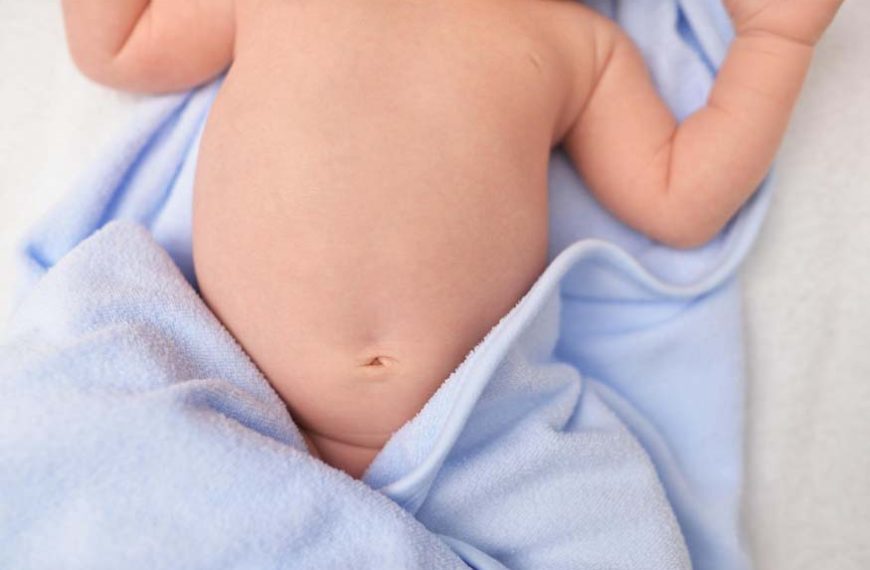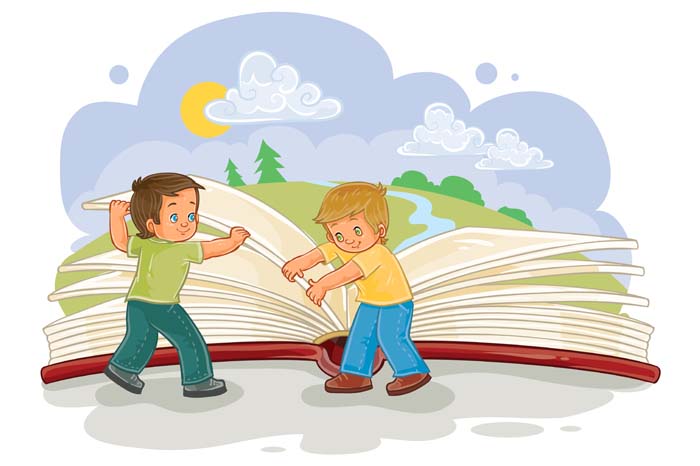The belly button, or umbilicus, is a unique and fascinating part of the human body that serves as a remnant of the umbilical cord’s attachment during pregnancy. While most babies develop an innie belly button, some exhibit an outie, creating curiosity and perhaps a few questions for parents. In this comprehensive exploration, we will delve into the causes, types, and considerations surrounding the outer belly button in babies.
Understanding the Outie Belly Button in Babies
An outie belly button in babies is essentially a protruding navel, where the central part of the belly button appears raised or sticks out. Unlike an innie, where the navel appears indented, an outie can be a source of intrigue for parents. It’s important to note that the appearance of the belly button is largely a matter of genetics and how the tissue heals after the umbilical cord is cut at birth.
Causes of an Outie Belly Button in Babies
- Umbilical Hernia:
- Granuloma Formation:
- Incomplete Healing:
- Genetics:
- Excessive Skin and Fat:
One common cause of an outie belly button in babies is an umbilical hernia. This occurs when there is a small opening in the abdominal muscles near the belly button, allowing a portion of the intestine to push through and create a protrusion. Umbilical hernias are relatively common in newborns and often resolve on their own by the age of 1 to 2 years.
Sometimes, a small piece of tissue known as a granuloma can form at the site of the cut umbilical cord, causing the belly button to protrude. Granulomas are harmless and typically resolve without intervention.
In some cases, the tissue around the belly button may not heal completely after the umbilical cord is cut. This incomplete healing can result in an outie appearance.
The appearance of the belly button can be influenced by genetic factors. If one or both parents have an outie belly button, there is a higher likelihood that their baby may also have one.
Babies born with excess skin and fat around the abdominal area may be more prone to developing an outie belly button. As the baby grows, the belly button may take on a more typical appearance.
Types of Outie Belly Buttons
Not all outer belly buttons are the same, and the protrusion can vary in size and appearance. Here are some common types:
- Small Protrusion:
- Umbilical Hernia:
- Granuloma:
A small outie belly button may appear as a slight bulge or elevation in the centre of the navel. This is often due to incomplete healing or the presence of a granuloma.
An umbilical hernia can result in a more noticeable protrusion, with a soft lump or swelling around the belly button. Umbilical hernias are usually painless and tend to resolve on their own.
A granuloma is a small piece of tissue that can form at the site of the cut umbilical cord, creating a fleshy outie appearance.
Outie Belly Button Pain in Babies
In general, an outie belly button in babies is not associated with pain. Most cases, including those involving umbilical hernias or granulomas, are painless and do not cause discomfort for the baby. However, if a parent notices any signs of redness, swelling, or if the baby appears to be in pain, it’s crucial to seek medical advice promptly.
Considerations and Care
- Observation:
- Gentle Cleaning:
- Avoiding Pressure:
- Medical Consultation:
For many babies, an outie belly button is a temporary and harmless occurrence. Parents can observe the appearance and monitor for any changes over time.
During routine bathing, parents can gently clean around the baby’s belly button with mild soap and water. Avoid pulling or tugging at the outie, as this can cause irritation.
Dressing the baby in loose clothing and avoiding any tight or constrictive garments can help reduce pressure on the belly button, especially if there is an umbilical hernia.
If a parent has concerns about the appearance of their baby’s outie belly button or if there are any signs of pain or inflammation, seeking advice from a healthcare professional is advisable. A medical examination can help determine the cause and appropriate course of action.
Continued Exploration of Outie Belly Buttons
While most cases of outie belly buttons in babies resolve on their own, there are instances where medical intervention may be necessary. It’s essential for parents to be aware of certain conditions that could contribute to the outie appearance and to consult with healthcare professionals accordingly.
- Persistent Umbilical Hernia:
- Infection or Inflammation:
- Scarring and Adhesions:
- Hereditary Factors:
In some cases, an umbilical hernia may persist beyond the age of 2 years. While most hernias resolve on their own, a healthcare professional may recommend monitoring the situation and, in rare cases, suggest surgical intervention if the hernia persists or becomes problematic.
While outie belly buttons are generally benign, any signs of infection or inflammation, such as redness or discharge, should be promptly addressed. In such instances, a healthcare professional will conduct a thorough examination and recommend appropriate treatment.
Occasionally, scarring or adhesions in the tissue surrounding the belly button can contribute to the outie appearance. If scarring causes discomfort or affects the baby’s mobility, a healthcare professional may explore surgical options for correction.
Since genetics play a role in the development of the belly button, parents with a family history of certain conditions, such as umbilical hernias, should be vigilant and consult with healthcare professionals if they have concerns about their baby’s outie appearance.
It’s crucial for parents to maintain open communication with healthcare professionals and follow their guidance in addressing any concerns related to their baby’s outie belly button.
In conclusion, an outie belly button in babies is a natural variation that often adds to the uniqueness of each child. While most cases are benign and require no intervention, parents should remain observant and seek professional advice if they notice any signs of discomfort, inflammation, or persistent protrusion.
At EuroKids, we understand the significance of embracing the individuality of each child. Our nurturing environment fosters a sense of acceptance and celebration of diversity. Choose EuroKids for a supportive early childhood education where every child’s distinctive qualities are cherished and encouraged.














